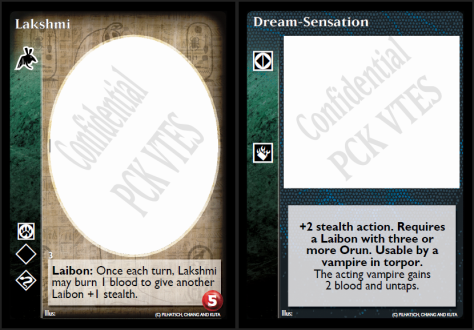Turning and turning in the widening gyre
The falcon cannot hear the falconer;
Things fall apart; the centre cannot hold;
Mere anarchy is loosed upon the world,
The blood-dimmed tide is loosed, and everywhere
The ceremony of innocence is drowned;
The best lack all conviction, while the worst
Are full of passionate intensity.
The next two Aye/Orun Enhancers we are profiling are called Things Fall Apart & The Centre Cannot Hold. The card names are lifted directly from the opening stanza of William Butler Yeats’ famous poem The Second Coming. Not coincidentally, Things Fall Apart was previously chosen by Nigerian author Chinua Achebe to be the title of his well-regarded English-language novel dealing with the clash between colonialism and traditional African culture.
The cards themselves are pretty straightforward. Things Fall Apart is a reaction that cancels an action modifier, and The Centre Cannot Hold is an action modifier that cancels a reaction. We know that some people dislike cancellation cards, but we felt that these minion cards, as opposed to out-of-turn Masters like Direct Intervention and Dark Influences, are better suited to the task.
Cards requiring three or more Aye or Orun should be quite useful so we wanted to provide some strong incentives to use the them and try out the Aye/Orun Accelerators in Champions of Cagn.
Surely some revelation is at hand;
Surely the Second Coming is at hand.
The Second Coming! Hardly are those words out
When a vast image out of Spiritus Mundi
Troubles my sight: somewhere in sands of the desert
A shape with lion body and the head of a man,
A gaze blank and pitiless as the sun,
Is moving its slow thighs, while all about it
Reel shadows of the indignant desert birds.
The darkness drops again; but now I know
That twenty centuries of stony sleep
Were vexed to nightmare by a rocking cradle,
And what rough beast, its hour come round at last,
Slouches towards Bethlehem to be born?
—William Butler Yeats (The Second Coming, 1919)










